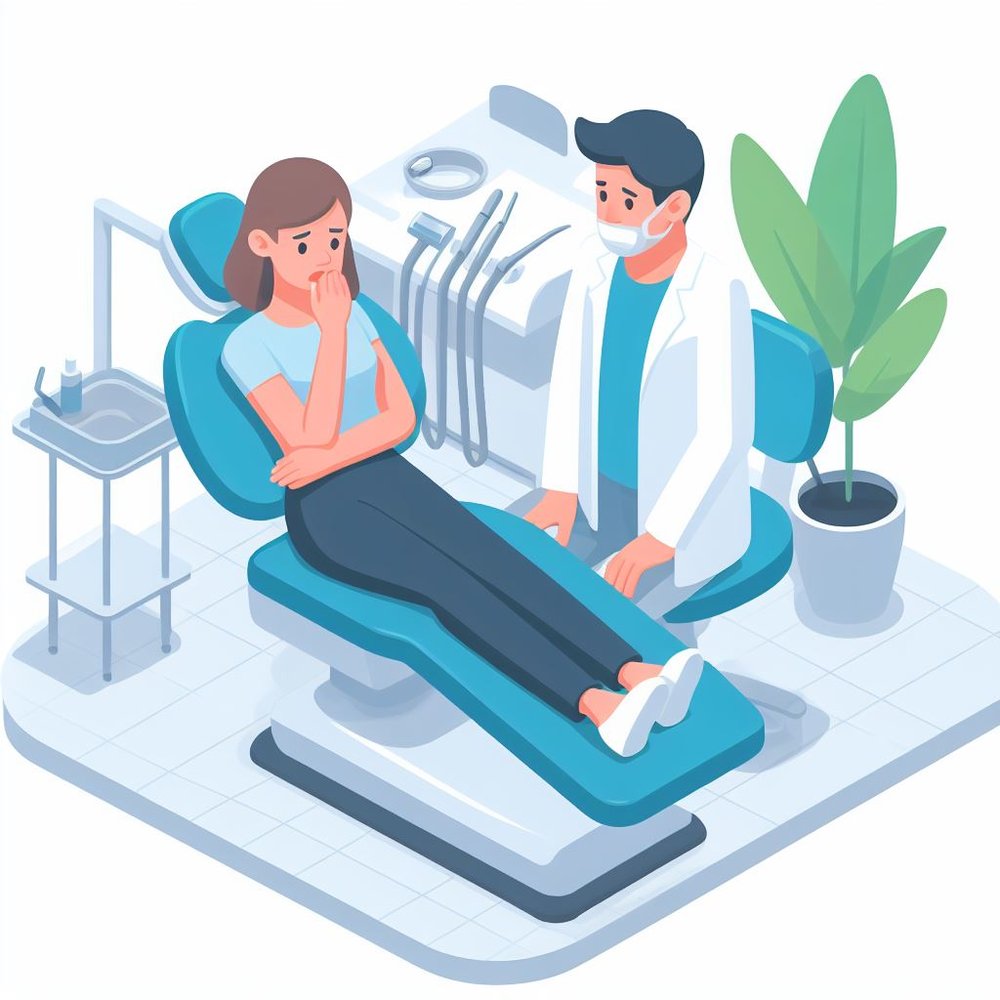What Causes Tooth Pain Post Filling? Relief Guide
Tooth pain after receiving a filling can be a concerning and uncomfortable experience. It’s essential to understand the potential causes of this pain to seek appropriate relief and prevent further complications. The causes of tooth pain post-filling can be divided into several categories, including procedural issues, material-related problems, and underlying dental conditions.
One of the primary causes of tooth pain after a filling is the procedural trauma caused during the filling process. This can include micro-fractures in the tooth structure, especially if the dentist needs to remove a significant portion of the tooth to accommodate the filling. Additionally, the high-speed drilling required to prepare the tooth for the filling can generate heat, potentially damaging the pulp or surrounding tissues. In some cases, the filling material itself might be the culprit, especially if the patient has sensitivity or an allergic reaction to the materials used, such as amalgam, composite, or gold.
Another material-related issue could be the filling being too high, which can lead to occlusion problems. When the filling is not properly adjusted to match the patient’s bite, it can cause the tooth to hit the opposing teeth with excessive force, leading to pain and discomfort. Moreover, the process of filling a tooth might inadvertently push bacteria deeper into the tooth, leading to infection or abscess if not properly addressed. In some instances, the tooth might have been experiencing problems before the filling, such as cracks or decay that were not fully removed, leading to ongoing pain.
Furthermore, it’s not uncommon for patients to experience sensitivity after a filling, especially to hot or cold temperatures. This sensitivity is usually temporary and resolves on its own within a few weeks as the pulp and the surrounding tissues heal. However, if the sensitivity persists or is severe, it could indicate that the filling is not fitting properly or that there is an underlying issue that needs to be addressed.
To manage tooth pain post-filling, several steps can be taken. Over-the-counter pain relievers such as acetaminophen (Tylenol) or ibuprofen (Advil, Motrin) can help alleviate discomfort. Desensitizing toothpaste can also be beneficial for sensitivity issues. Applying a topical anesthetic to the affected tooth using products like Orajel or Anbesol can provide temporary relief. In cases where the filling is too high, returning to the dentist for an adjustment can immediately eliminate the pain caused by occlusal issues.
It’s also crucial to maintain good oral hygiene practices, including regular brushing and flossing, to prevent further complications. Avoiding extreme temperatures in food and drinks and chewing on the opposite side of the mouth can also help while the tooth heals. If the pain persists, worsens over time, or is accompanied by other symptoms such as swelling, fever, or a bad taste, it’s essential to seek dental care promptly. A follow-up appointment with the dentist can help diagnose any underlying issues that might not have been apparent initially.
In conclusion, tooth pain after a filling can stem from various factors, ranging from procedural complications to material incompatibility or underlying dental issues. Understanding these causes is the first step towards finding relief. By employing pain management strategies and maintaining diligent oral care, most patients can mitigate their discomfort. However, any persistent or severe pain should be evaluated by a dental professional to ensure timely and appropriate intervention.
For individuals seeking to prevent tooth pain post-filling, regular dental check-ups can help identify and address potential issues before they escalate. Practicing good oral hygiene and reporting any sensitivity or discomfort to the dentist during the follow-up appointments can also play a crucial role in preventing complications.
Steps to Manage Tooth Pain Post-Filling:
- Take over-the-counter pain relievers as directed.
- Use desensitizing toothpaste for sensitivity.
- Apply topical anesthetics for temporary relief.
- Maintain good oral hygiene practices.
- Avoid extreme temperatures and chewing on the affected side.
- Return to the dentist for adjustments if necessary.
Ultimately, the key to managing tooth pain after a filling lies in a combination of proper dental care, informed self-management of symptoms, and when necessary, professional dental intervention. By understanding the causes of tooth pain post-filling and taking proactive steps, individuals can ensure their oral health and minimize the risk of unnecessary discomfort.
How long does tooth pain last after a filling?
+Tooth pain or sensitivity after a filling can last anywhere from a few days to a couple of weeks. In most cases, the discomfort is temporary and resolves on its own as the tooth and surrounding tissues heal. However, if the pain persists or worsens, it’s crucial to consult with a dentist to rule out any complications.
What can I do to prevent tooth pain after a filling?
+Practicing good oral hygiene, including regular brushing and flossing, can help prevent complications. Reporting any sensitivity or discomfort to the dentist during follow-up appointments is also crucial. Additionally, avoiding extreme temperatures in food and drinks and chewing on the opposite side of the mouth can help while the tooth heals.
When should I seek dental care for tooth pain after a filling?
+It’s essential to seek dental care if the tooth pain persists, worsens over time, or is accompanied by other symptoms such as swelling, fever, or a bad taste. These could be indicators of an underlying issue that requires professional intervention.

